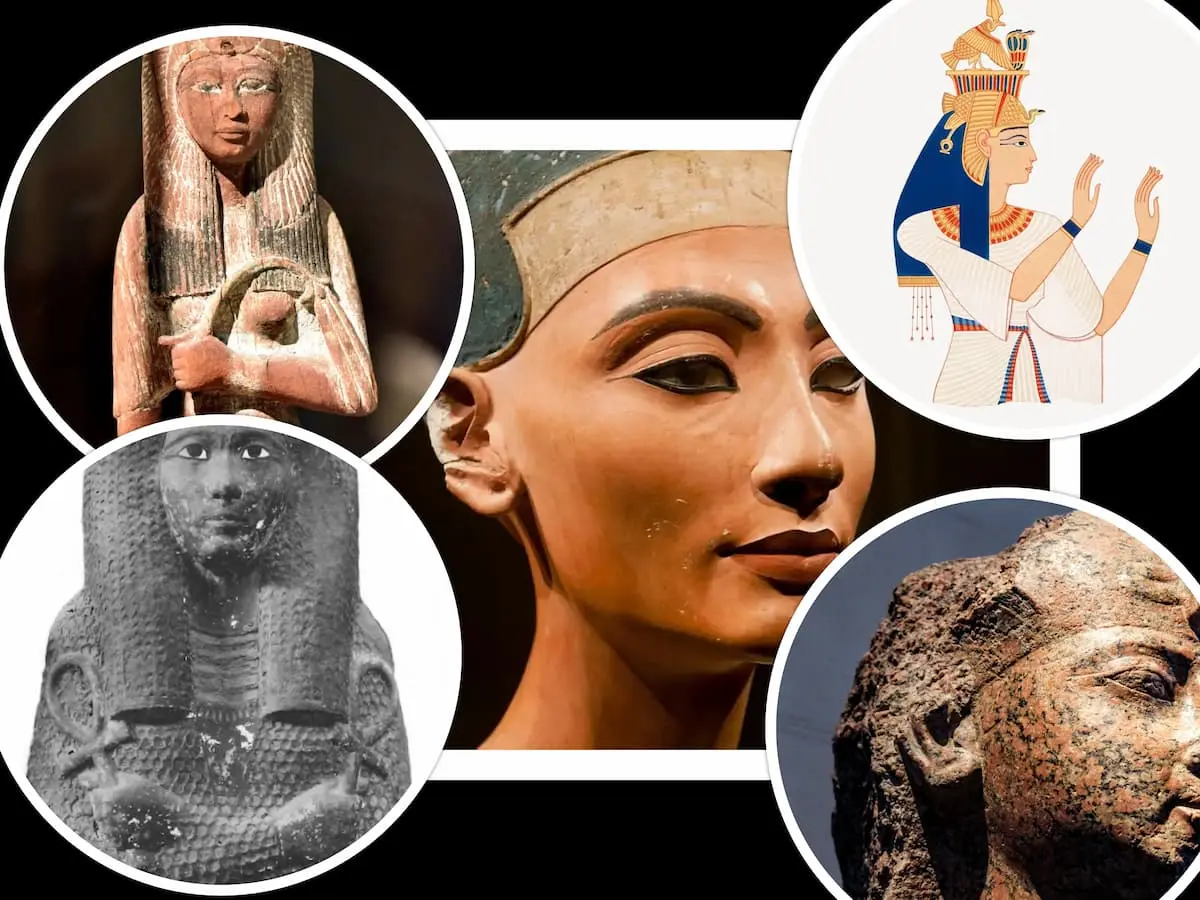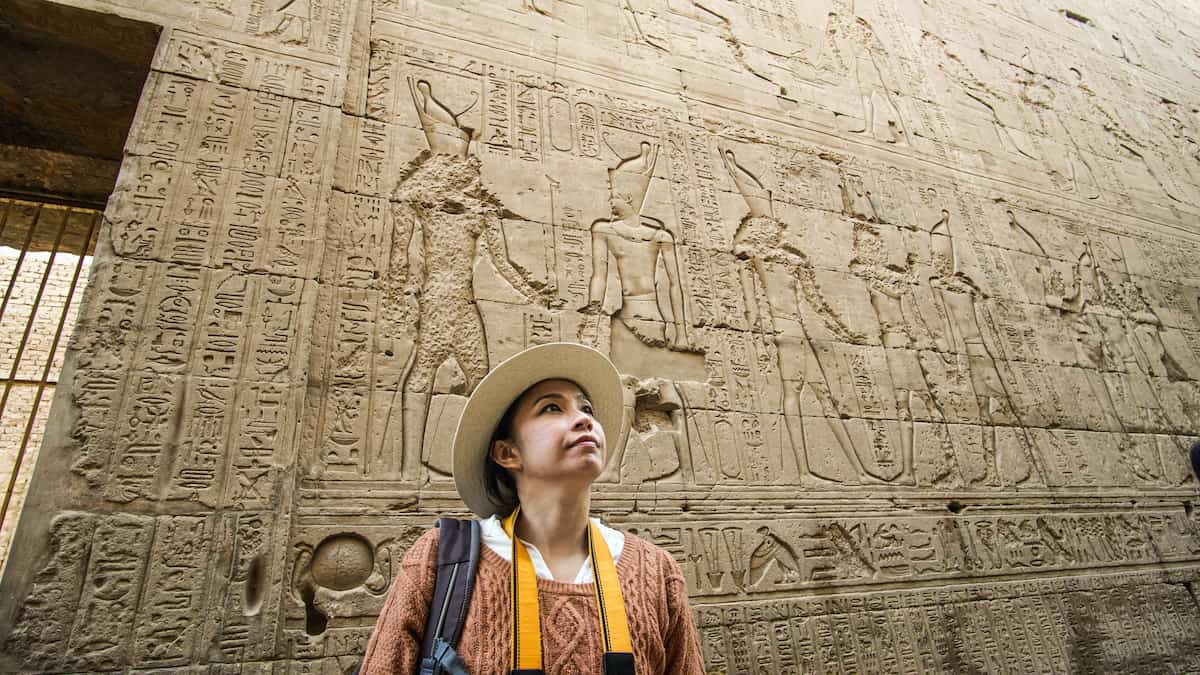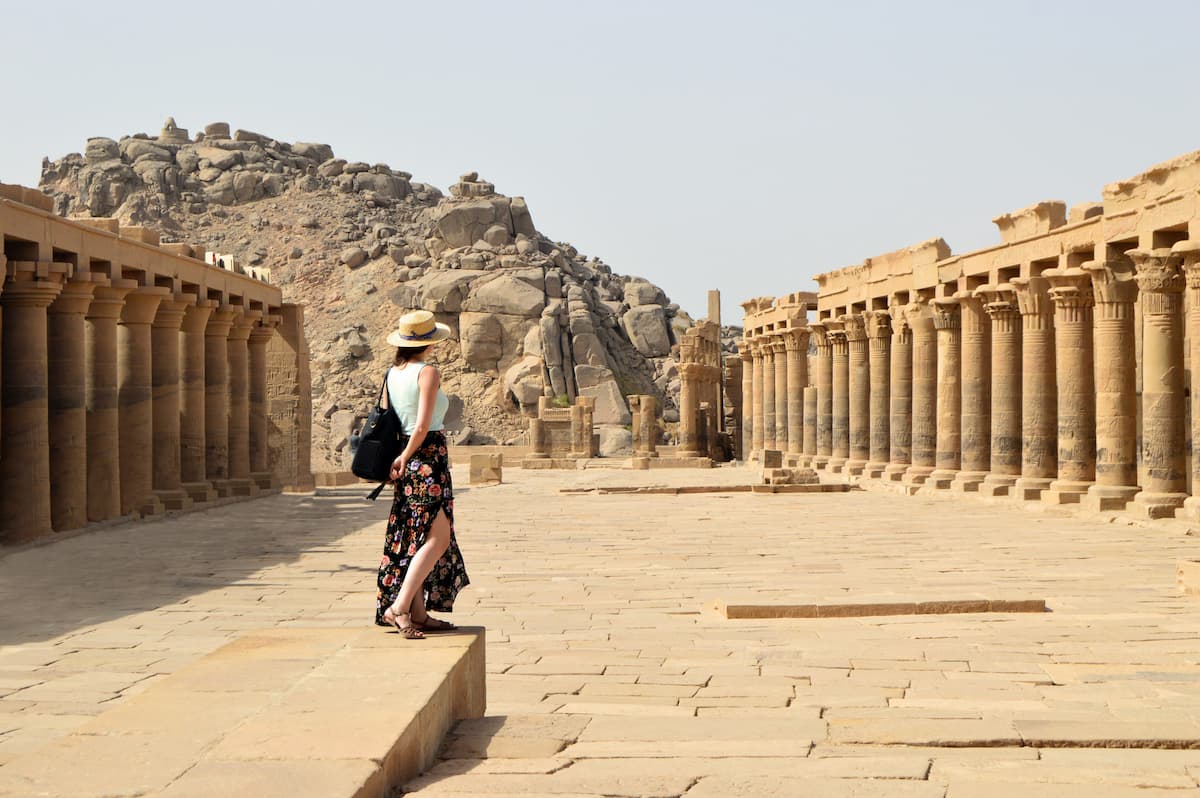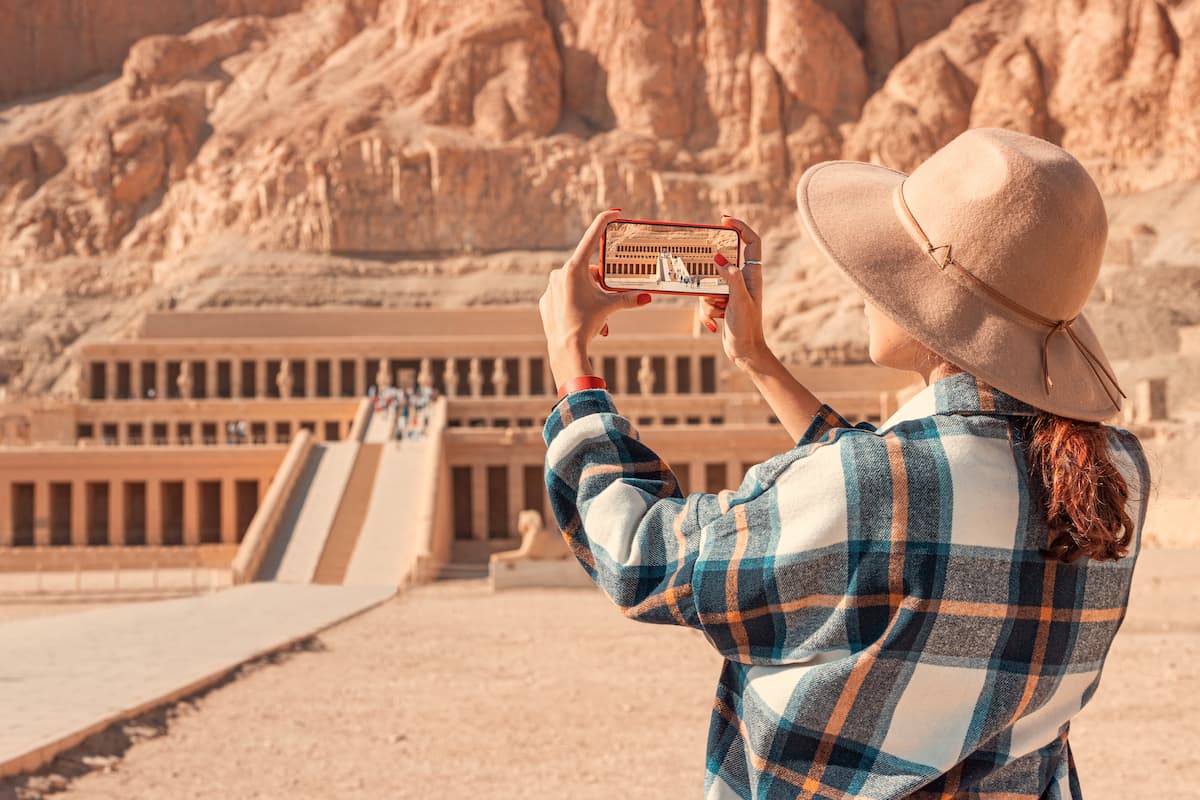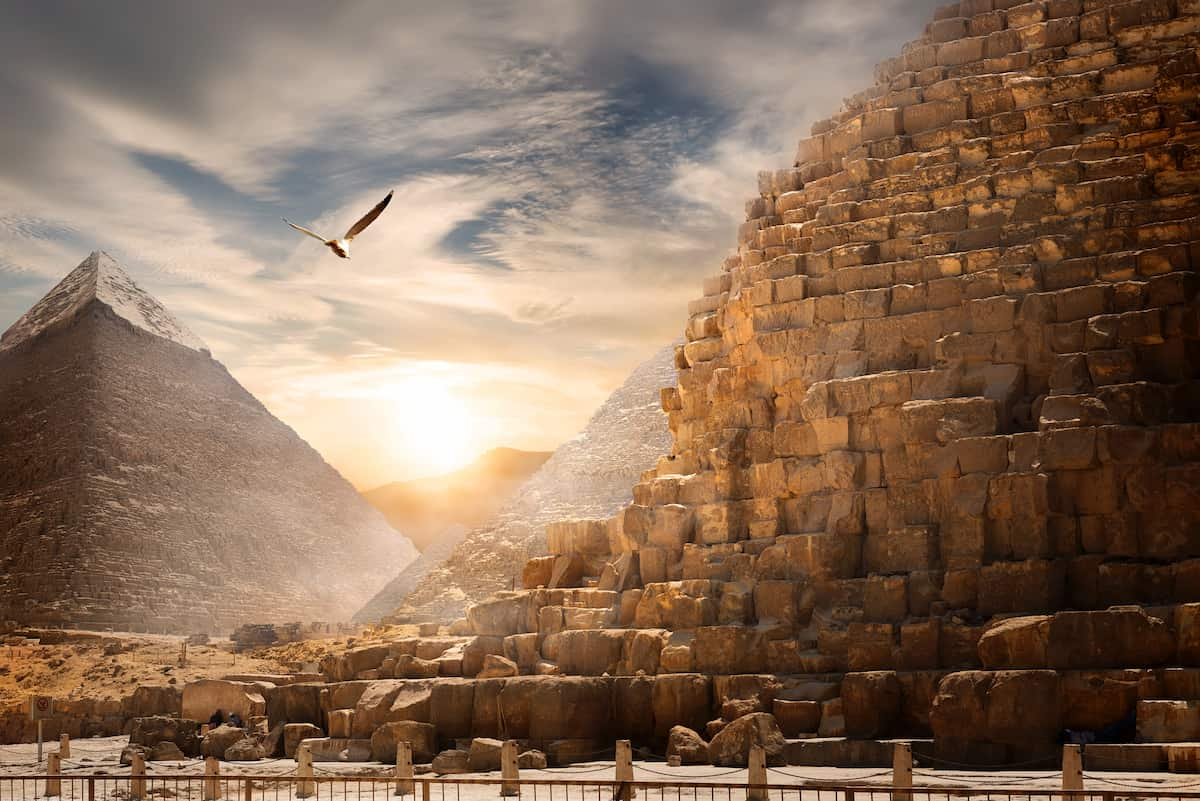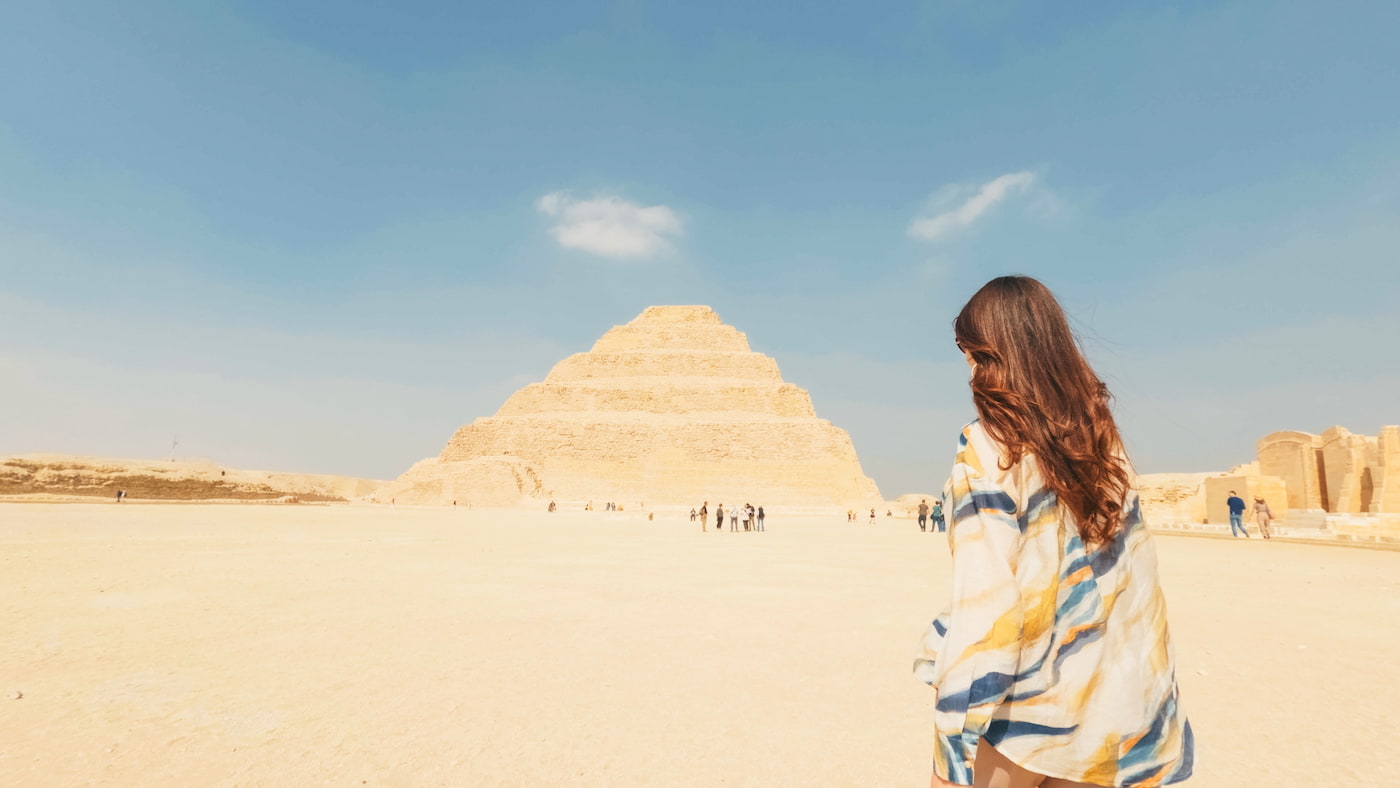Top 15 Famous Egyptian Queens: Power, Legacy, and Influence
When one thinks of ancient Egypt, it is usually the country’s imposing pharaohs, lofty pyramids, and immense temples that most easily come to mind. But this was not the whole story of the allegedly golden Kemet.’ Behind all this, many Famous Egyptian Queens, strong women, made society what it is today. Egyptian queens were a far cry from being the usual crowned beauties beside their consorts; a significant number of them proved to be political leaders, heads of religious institutions, and symbols of divine femininity. A few were appointed as regents as male heirs were young; others even became the Pharaoh and, in death, became gods.
These majestic women adjusted the strategies of business, facilitated wars, patronized art, and served as the vehicle through which the understanding of religion evolves, even today. Contrast such characters as Hatshepsut, who changed her Pharaonic title to be known as a Pharaoh, to Cleopatra VII, who was the last Pharaoh of Ancient Egypt, to see how each one of them effortlessly slotted into the pages of history.
This document helps to investigate the greatness of the top 15 well-known queens of ancient Egypt, as well as their role in history, and why they will remain as the all-time icons of one of the most advanced civilizations of the world.
1. Queen Merneith: The First Female Pharaoh
Earlier in the era of the 1st Dynasty (about 2900 B.C.) queen called Meryt-Neith or Merneith ruled successfully. Being the regent for her young son King Den and possibly a widow after King Djet’s death, she possibly ruled as the king. Some epitaphs even indicate that this Queen might be the first female Pharaoh in the history of Egypt.
Merneith’s name is provided in the official king lists and also confirms her status more by the huge tomb she was buried in, located in Abydos. Her tomb was among the most extensively decorated. For a person with handicaps of this kind, this is a clear indication of the nature of the burial, as absurd as it might look. The tomb included several lavish burials for the rulers as well as many servant burials, which applied to the hereditary rights of the dynastic rulers.
There is little one can say about her tenure in office. However, it was Merneith who blazed a trail that was followed much later by the likes of Sobekneferu and Hatshepsut, showing that it was possible for women could rule Egypt. The legacy of Merneith led to the creation of the Royal women, who are not satisfied with being mere spouses but also want to change the face of Egyptian history.
2. Queen Sobekneferu: The First Confirmed Female Pharaoh
In the 12th Dynasty of Egypt, precisely during about 1806–1802 BCE, the Pharaoh who sat on the throne last was a woman, Sobekneferu. The Pharaoh after whom she ruled, Amenemhet IV, happened to have been her brother. Her reign was poised to be at the border between high and low periods of the Middle Kingdom. Unlike other women who took on the role of female pharaoh, such as regent, Sobekneferu did not at any time shy away from all the responsibilities, decor, and power that a king traditionally possessed, as any other Egyptian, man or woman. This acted as a model for the next female rulers like Hatshepsut with Sobekneferu, demonstrating that there was no need to subscribe to the notion of the female hum, wanting females to stay in their place.
Her tenure is known for emphasising the importance of women rulers, especially in the new kingdom, and for her creative artworks that still stand, the architectural monuments. She constructed the walls of Heracleopolis and added on to the works at the royal residence at Itjtawy. Traditional attributes of a ruler or a king are reflected in the monuments of Sobekneferu, but at the same time, they display her feminine side. Even though she governed for a short period of less than four years, the albeit small name of the trail she left behind in Egypt is filled with raised obstacles of what is seen as the acceptable limits of female power constructions in her time.
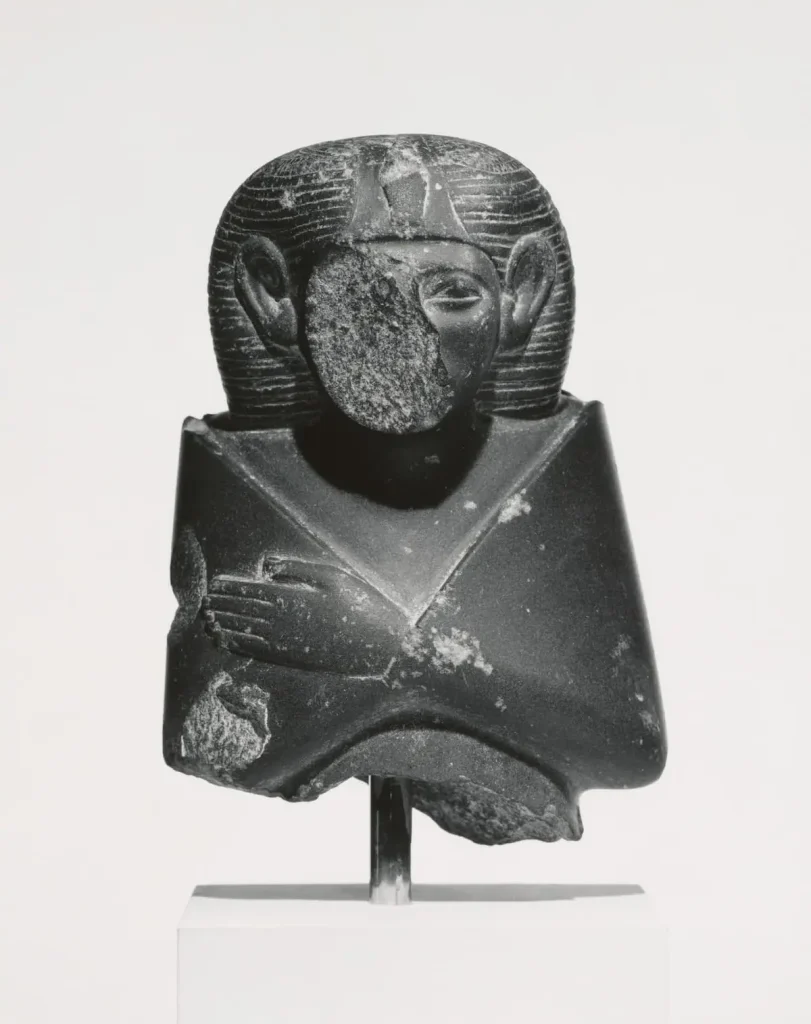
3. Queen Ahhotep I: Heroine of the Theban Resistance
Queen Ahhotep I, a famous Egyptian queen, came to the fore in the late 17th Dynasty, around 1560 BC. This period was the Hyksos’ sin in Egypt. Being the mother of Pharaoh Ahmose I and the founder of the New Kingdom, she governed institutions alongside military campaigns. She became the god-like regent of Thebes and convened Theban warriors in the most critical period of struggle for Thebian power. Inscriptions and artifacts depict her great achievements as a leader. It is claimed that she organized the Egyptian army and spared the country the disorder that had caused trouble when her son was still in minority. In addition, her military approach is proven by the uncovering of her flexible and fine jewellery, entourage, and military women. Such distinctions were quite unusual for queens.
It must be emphasized that Queen Ahhotep I’s fortitude marked the continuance of the ruling line and heralded the magnificence of Egypt during the reign of Ahmose I. The latter is often remembered in history as an act ruler and an empowerment in Egypt’s history and as a patriotic hero.
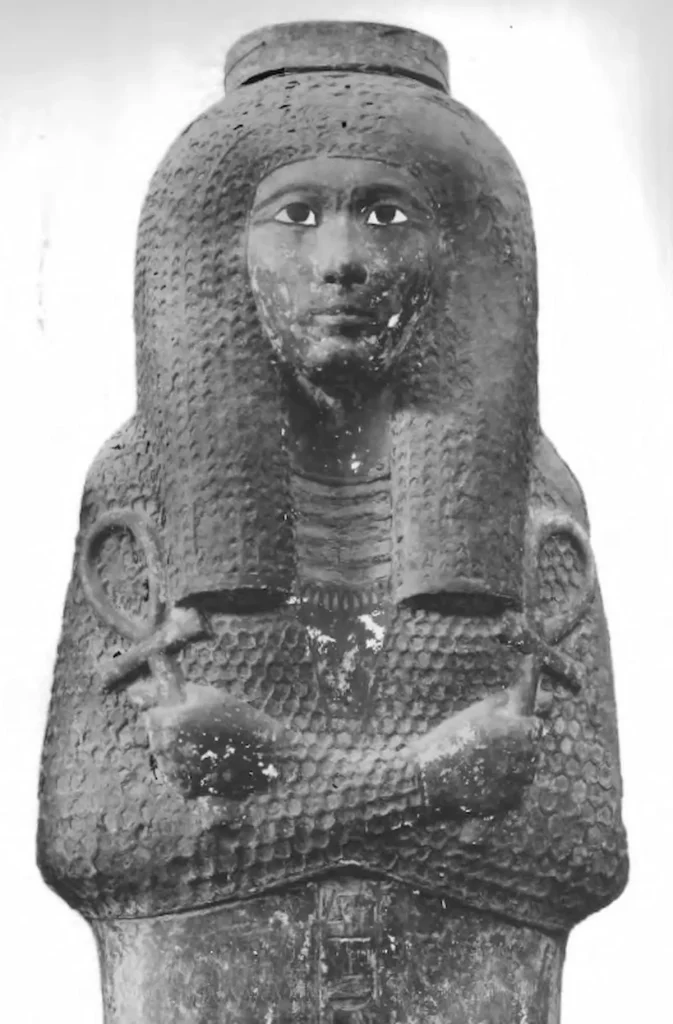
4. Queen Ahmose-Nefertari: The Deified Queen
One of the most important queens of the 18th dynasty, Queen Ahmose Nefertari, was the wife of Pharaoh Ahmose I and the mother of Amenhotep I. After the Hyksos had been expelled, Queen Ahmose-Nefertari played a very significant role in rebuilding the political and religious system of Egypt. She was an experienced lady both as the queen and further as the regent in maintaining and keeping the new dynasty in power, as well as the general stability of the New Kingdom.
It is worth mentioning that Ahmose-Nefertari was honoured with several ennobling titles, which enabled her to even preside over religious affairs, especially in Thebes, as she was the one and only God’s Wife of Amun. Such a strict position of the queen explains why she was often incorporated in the cricketing activities and temple sculptures, which only asserts the strong bond that existed between her and both the king and the gods.
After she was no more, the same Ahmose-Nefertari was raised to the status of a goddess with the most elaborate shrines set up for her worship, especially in Thebes, where she was venerated along with her son Amenhotep I as the great defenders of the working class in the necropolis of Deir el-Medina. She wore the mantle of a queen, a mother, and a godly presence, and therefore by extension was considered one of the most adored women throughout the history of ancient Egypt.
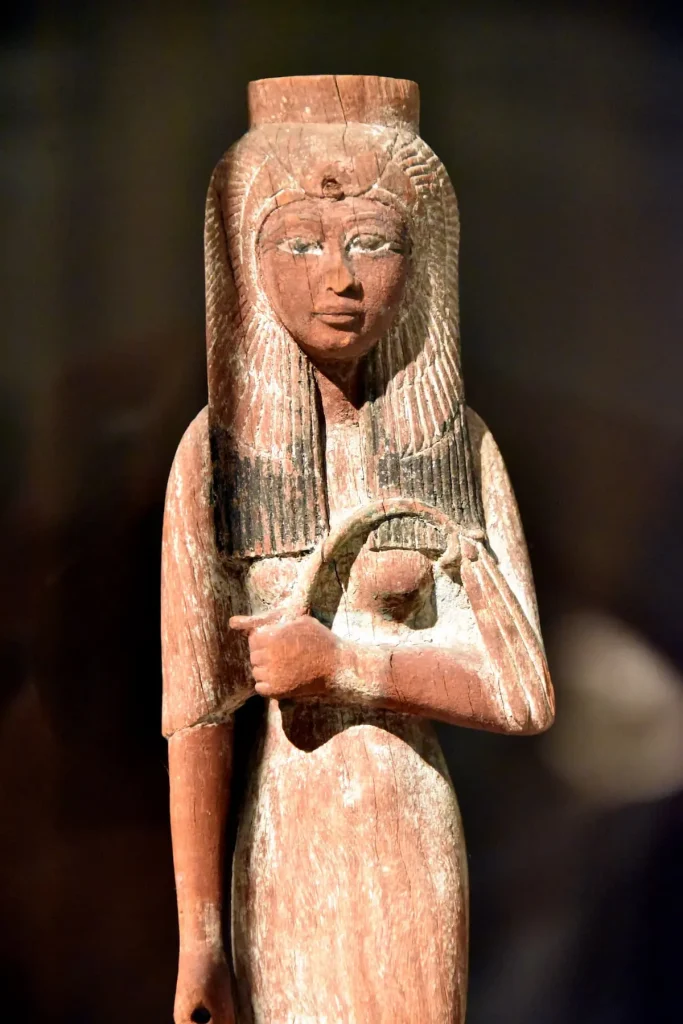
5. Queen Hatshepsut: Egypt’s Female Pharaoh
Queen Hatshepsut famous Egyptian queen, had been a regent in her stepson’s rule, the young pharaoh known as Thutmose III of the 18th Dynasty. But in due course, she completely took over the administration and everything a king had to do, including wearing the traditional male attire and fake beard worn by all the pharaohs. By so doing, she managed to make changes in the society that did not allot a woman to leadership.
Hatshepsut is also known to have been the first male pharaoh to sponsor trade ventures, the most notable of which were the ones to the Land of Punt, which produced various goods such as incense, myrrh, ivory, and animals. Such activities contributed to an expansion of the Egyptian economy and helped to develop Egypt’s position on the international scene.
She was also a great builder; she constructed many massive buildings and grand temples, especially her funerary temple in Deir el-Bahari, which is regarded as one of the most visually beautiful in all of Egypt.
While no question later attempts to suppress her legacy existed, Hatshepsut’s reign remains a popular subject as far as history is concerned, with her victory among the most prosperous, advancing, and peaceful times. Members of the country’s ruler, Pharaoh, also refer to her as one of the great Pharaohs of Egypt.
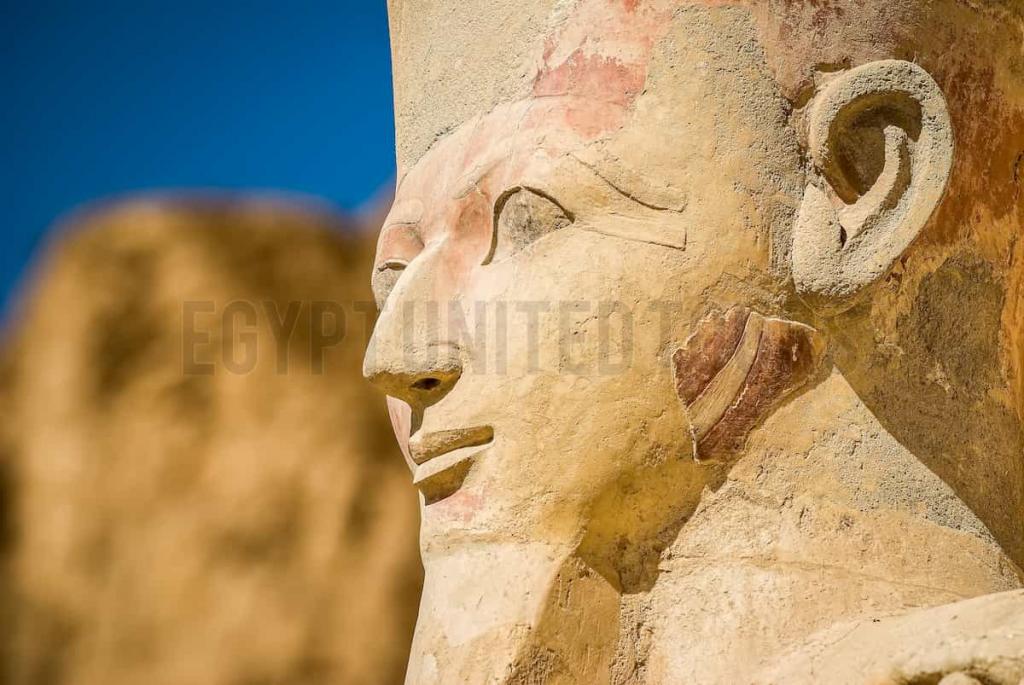
6. Queen Tiye: The Wise Queen of Amenhotep III
Queen Tiye, famous Egyptian queen who was married to Amenhotep III and went on to mother of Akhenaten, was perhaps one of the more interesting, widely admired, and influential women of the 18th dynasty. She belonged to a high-class family, but was never a queen, regardless of how powerful and respected she was; the unusual charm levels and strong willfulness that she possessed were what made her outshine others. No longer filling the traditional queen’s ceremonial duties, Tiye could not help but involve herself in the matters of government, military campaigns, economic activity, and strategy formulation at the request of the King.
It was also apparent that her prowess in diplomacy was not only a tool domestically; it went beyond Egypt’s borders, as seen in the Amarna letters, where other monarchs referred to her by name. Importantly, Tiye also interfered in theological affairs, trying to mediate between the existing and Atonist religious tendencies of her son Akhenaton.
It is Tiye’s enlightened management skills that will attract most attention and ensure her life as a leader in power in a calmer and more conducive political context. Her good advice and wise leadership placed her in the position of a thumbnail, or rather an active ruler, rather than just a royal wife.
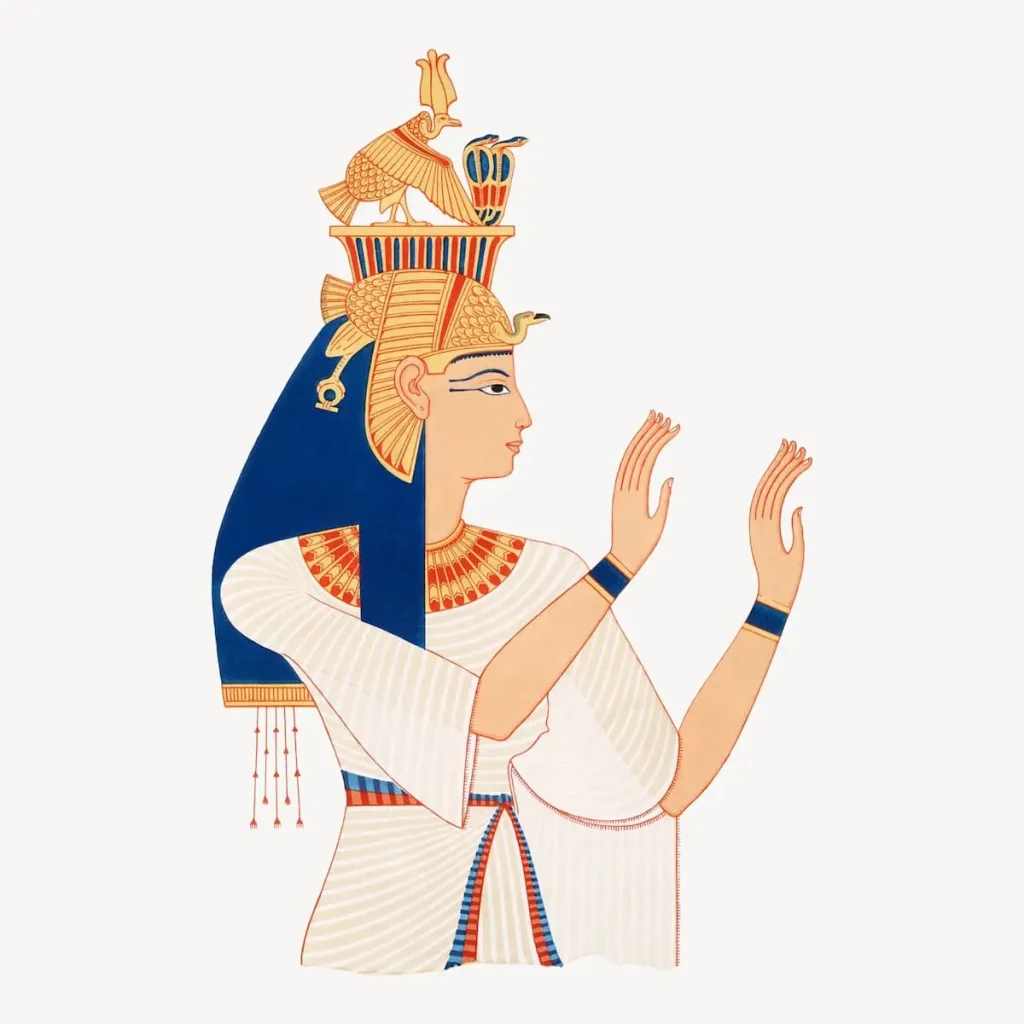
7. Queen Nefertiti: The Icon of Beauty
Queen Nefertiti famous Egyptian queen, the Great Royal Wife of the revolutionary Pharaoh Akhenaten, is the most identifiable Personality with the Ancient Kingdom of Egypt, known for her magnificent bust originating from the location in Berlin. Named Nefertiti since her Birth, during the Amarna Era, she was a female constantly in the Limelight, not for her Looks alone, but also her Political and Religious Importance in the World.
Historically, Nefertiti was instrumental in assisting her husband, Akhenaten, ’s radical religious changes, which focused on the sun-disc, referred to as the Aten. She is portrayed most of the time conducting religious rites; it is thus evident that she held some authority that was both unique and fierce. Some scholars consider the possibility that she might have even had reigns as a co-regent, or perhaps as the actual king under the name of Neferneferuaten, ait Akhenaten’s death.
Her legacy is as mysterious and magnificent as it is luxurious. Even though the latter half of her life is rather silent, Nefertiti has continuously reigned as an epitome of womanly authority, a beauty of goddess-like status, and one of the radical religious reformers Egypt has ever known. She is still unquestionably one of the most well-known and loved queens in history.
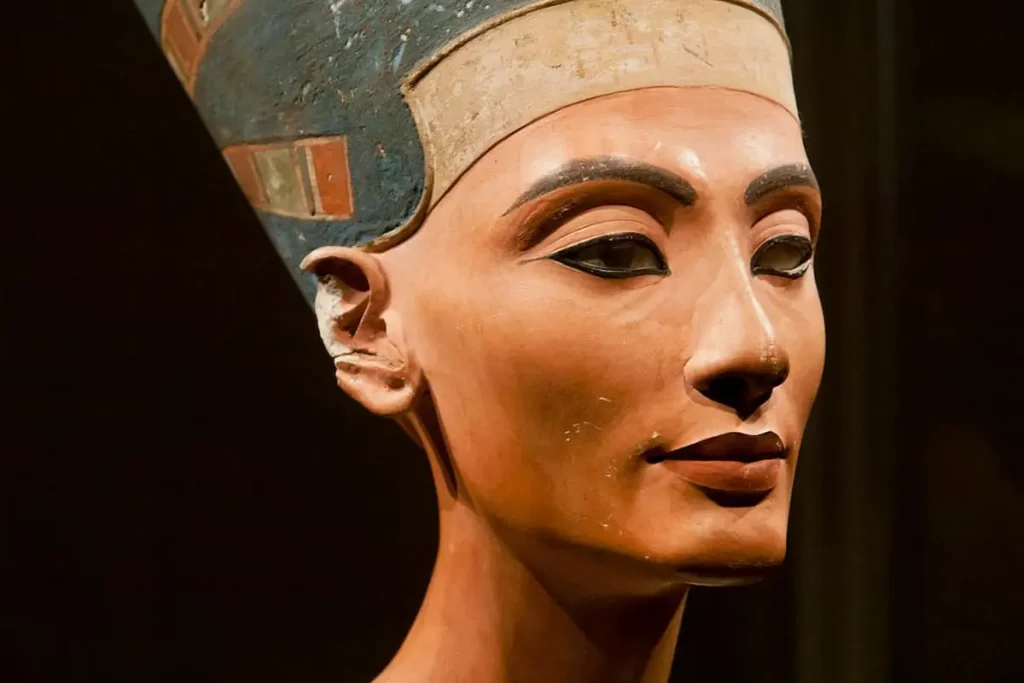
8. Queen Kiya: The Mysterious Wife of Akhenaten
Kiya famous Egyptian queen, may be considered one of the most elusive personalities of the Amarna Age. While Nefertiti, on the other hand, was captured in the enormous extent of official records and religious interpretations, the mention and images of Kiya are not extensive and not numerous, yet the degree of her presence suggests that she could have been a central figure in the court of Pharaoh Akhenaten.
One view suggested that Kiya could have been a lesser wife called a secondary wife or a concubine to the king, while another thought that she was a foreigner, perhaps a princess in the royal family of Mitanni. There have been several vessels and a few other personal objects bearing her name, where she is very often captioned with titles such as “beloved of the horizon”, hinting that she was one of the favorite of king.
The idea that Kiya would later become the mother of King Tut is actually supported by some of the Egyptologists, although it is hard to say whether there is any truth in this assertion. The reason for her striking absence in the historical record is currently advanced and supported by new evidence. In some quarters, it is believed that she may have been assassinated, or possibly she died a natural death, or quit her position, or had her name removed for political reasons.
A large number of historians are intrigued by the enigma that Kiya was a queen during such a key period in history, and yet, her identity is a mystery.

9. Queen Ankhesenamun: Wife of Tutankhamun
Ankhesenamun famous Egyptian queen, was another noblewoman who could be described as the daughter of the royal couple, Akhenaten and Nefertiti. The queen is significant in the history of Egypt as she survived the most violent period. During the Amarna age, she was born as the daughter of the pharaoh, hence she was called Ankhesenpaaten. Asla waned from this; there was full reign of worship of Aten, and her name was changed to Ankhesenamun.
She was married at an early age to Tutankhamen, first with a few family ties, which historically was an ancient convention in order to save the kingship in times of crisis. This was a union aimed at the reinstatement of the faith of the traditional gods of the Egyptian people and a return to the usual rhythms of life after Akhenaten and his reforms. Yet, even in such a marriage blessed with no children, the reason remains unclear, with many historians speculating whether the queen ever carried a child or the children were born dead, even from the available evidence.
With the sudden and unexpected passing of King Tut, Queen Ankhesenamun had a monumental struggle in the political power vacuum. Resorts to an unusual and radical measure are made to be done by her, from which, they say, she sent a letter to the Hittite ruler, Sooutcast-lilumar, or son of his, with words with the king requesting him that she wishes him to be the king. Her ways were exposed so much, and the circumstances that surrounded her were nothing short of a conspiracy.
Above this, Ankhesenamun also enters the darkness, and the exact end of her remains a question, but her more general narrative can be interpreted as an example of the unstable nature and apparent stability of female rule in Egypt.
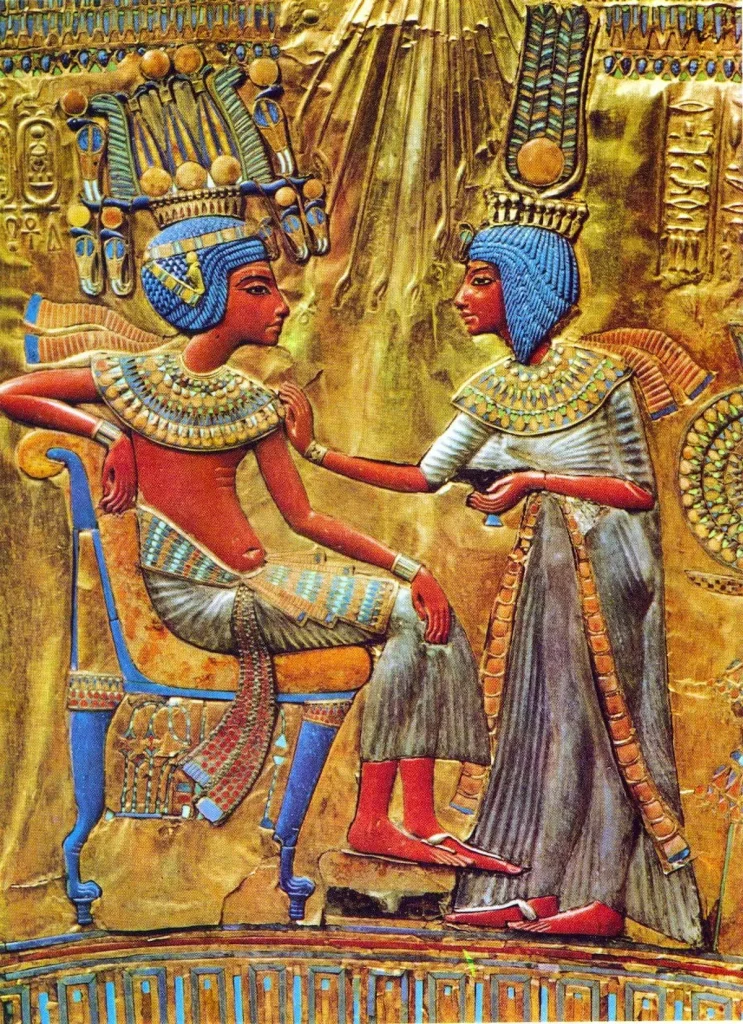
10. Queen Mutnedjmet: Queen of Horemheb
Mutnohimet, famous Egyptian queen known however as Mutnedjmet, was the spouse of the Pharaoh Garik the second and the final Pharaoh king of the Egyptian 18th Dynasty. Marriage to Haremheb, or “Horemheb,” came at a critical juncture in the history of Egypt, following the aftermath of the Amarna Revolution and Controversy. This article shall present an examination of the oralistic character of the letters circulating under the rule of Such a Situation in the reign of Myatanos, which are based on the word of the research owner Roytosh La Dulong, both within and across national contexts, means the sharing of the right flat lateral sound with guttural structure in respect of music association of speech in such a system.
All these might be fairly challenging for the average person, and thus, importantly, the above is the very reason why the significance of oral music in the African community and more particularly in Nigeria remains pertinent.
The deceased queen’s significance was important in the scope of the royal transition, as there was no evidence that Mutnedjmet and Horemheb left heirs behind. She was, indeed, a figure conducive to the assimilation of the dynasties through the maintenance of marital diplomacy as well as the eminence of her husband by facilitating the inception of the 19th Dynasty, a period in time that helped to consolidate the administered religious and political orders of Egypt.
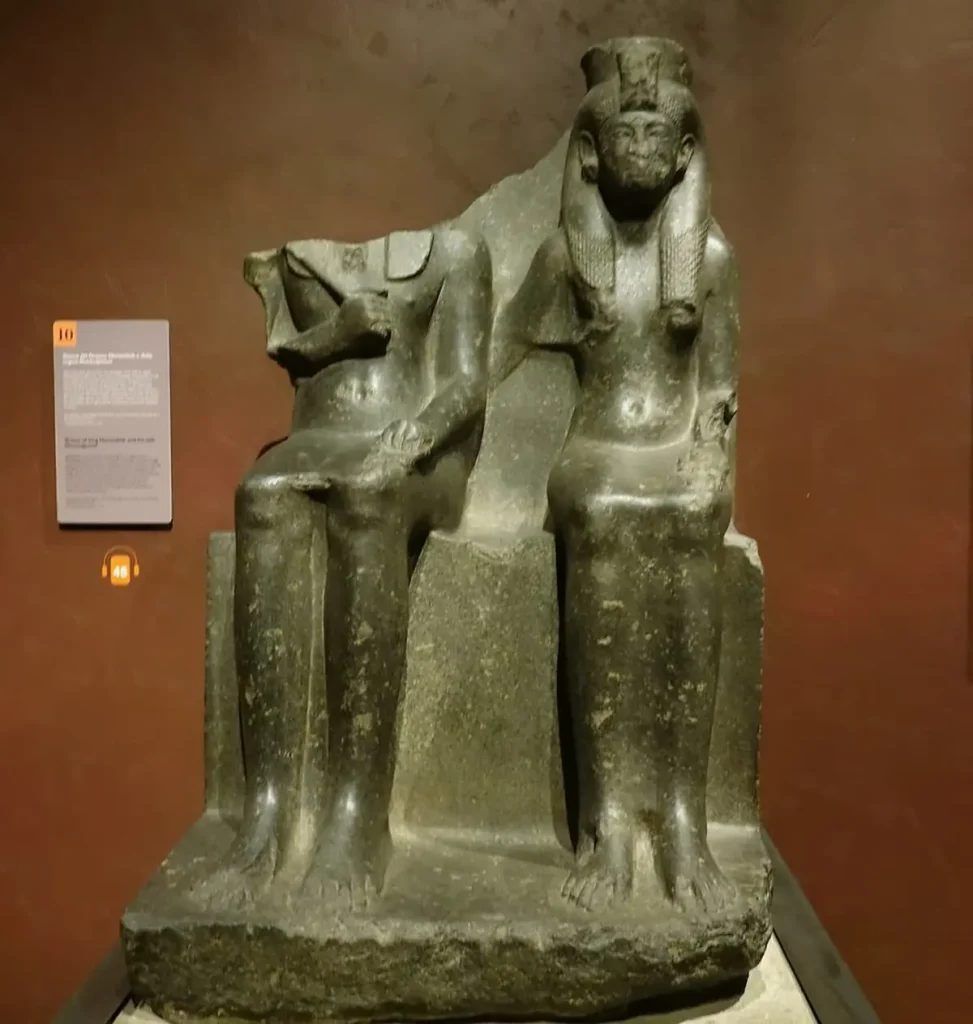
11. Queen Twosret: Pharaoh of the 19th Dynasty
Twosret famous Egyptian queen was the last leader of Egypt’s Nineteenth Dynasty. She was also one individual in the few women to have been able to claim the full title of a pharaoh. Initially, she was the spouse of Pharaoh Seti the Second; the reason she was in the first place was to be the mother of young Siptah. Twosret eventually took over as a regent after Siptah’s death, only to declare a full pharaoh status under her leadership.
As well, it is also a very commanding move on the face of ancient Egypt in that it is a custom that was practiced by the likes of Hatshepsut some time before her. Not content with simply wearing the crown of the king, Twosret also assumed its duties and was depicted in temples and on other buildings with the various accessories of the pharaoh. However, her tenure also coincided with the period of resistance against these structures and conflicts within, which led to the downfall of the dominant position.
The legacy of Twosret only spanned for a while, but it was an effective one in that she set up memorials and engraved spectacular inscriptions on undertakings such as her tomb, located at the Valley of the Kings(KV14), as no female monarch had ever had a bigger tomb made. Next in line was Setnakhte as Twosret died, and he became the first pharaoh from the 20th Dynasty, a series of crucial periods in the history of the kingdom of Egypt.

12. Queen Nefertari: The Beloved of Ramses II
Queen Nefertari famous Egyptian queen, is known as the prominent Queen of Egypt, as she was the wife of the great Pharaoh Ramses II. Most famous for her marriage to the King, she was a woman of many talents and admirations too. Nefertari participated greatly in matters of state, religion, and affairs with other countries, where she was always depicted alongside her husband, Ramses, as his partner, both in inscriptions and artifacts.
When most people talk of her contribution to history, they focus on the fruits of her relations, below a few devastating, spectacular Booba marks, while this is another point of view.
Her lasting glory can be seen in essays for the best website to buy essays material in her grave in the covering in case of the Wall of the Queens or QV66, which area is sometimes described as the ‘Sistine chapel of Egypt’ because its magnificent wall paintings are still glowing with rich colors. It must be noted that the building of Ramses II also incorporates the divine figure of Nefertari, where only portions of the Abu Simbel Temple are dedicated to her.
The meaning of the name Nefertari, that is, “the Beautiful Companion,” shows her true position that goes far beyond that of an ordinary spouse, but an equal in authority. Begin with one of the most famous ancient queens of Egypt, who signifies the beautiful power of love, cultural greatness, as well as diplomacy.

13. Queen Isetnofret: Another Wife of Ramses II
Ramses II descended from the powerful Egyptian King Seti I and is widely credited for building the mortuary temple of his father at Abydos alongside his father. His youth was documented and later translated into a movie entitled The Prince of Egypt.
In the movie The Prince of Egypt, the life of the prince is shown to the current generation. Generally, the events that took place on the screen lasted for over two hours. At the beginning of the movie, one of the events is when Moses collides his chariot with someone else’s, and he acts as if nothing had happened.
Discussion is focused on the element of love. The film Portrait of a Beauty (Daniel Deronda) tells the new generation of a new generation in the 19th century during the last months with the president Andrew Jackson. During the reading of the diary by her friends, they notice that its other pages have prints of Jackson’s portrait; meanwhile, his letters are also stored in the diary.)
You might miss out on modern-day love and prove to be in love decades and decades later from today, while you are still searching for a companion amongst a crowd of strangers. Finally, it is explained that lovers should not grumble much because there are ones who do not get to live together.
14. Queen Cleopatra VII: The Last Pharaoh of Egypt
Although Cleopatra VII famous Egyptian queen, was born in 69 BC, world history recalls her primarily as a beauty who never had equals among the Egyptian queens, and due to this, Cleopatra VI became the last ruler of the Ptolemic reign. There is a striking distinction in the sense that most of her royal forebears were stunningly beautiful; however, the attractiveness of Cleopatra, though difficult to ignore, was more or less counterbalanced by her perceptiveness, affability and, vast intelligence that enabled her to employ the tools of state more effectively. Uniqueness of Cleopatra lies in the fact that she was able to learn several languages, and she still also the first ruler of the day who communicated with ordinary people in spoken Egyptian language.
Cleopatra is known for her interesting ties and relationships with Julius Ceaser and Mark Antony and these circumstances lie at the heart of the history of Egypt and the huge battles of Rome turned down to the history of Egypt. These connections increased her power as the ruler of the nation, however, it also had a disastrous effect on her life. Thus, after suffering a defeat after the battle of Arton against victorious Octavian, later known as Augustus, she committed suicide in the year 30 BC; after which the rule of Egyptian Pharaohs is considered to came to an end, and that of the Roman Emperors started.
Her fabulous talent at bridging different worlds, the significance of the culture she shifted, and the power that she has availed for the women makes her the most outstanding among the women of all times.
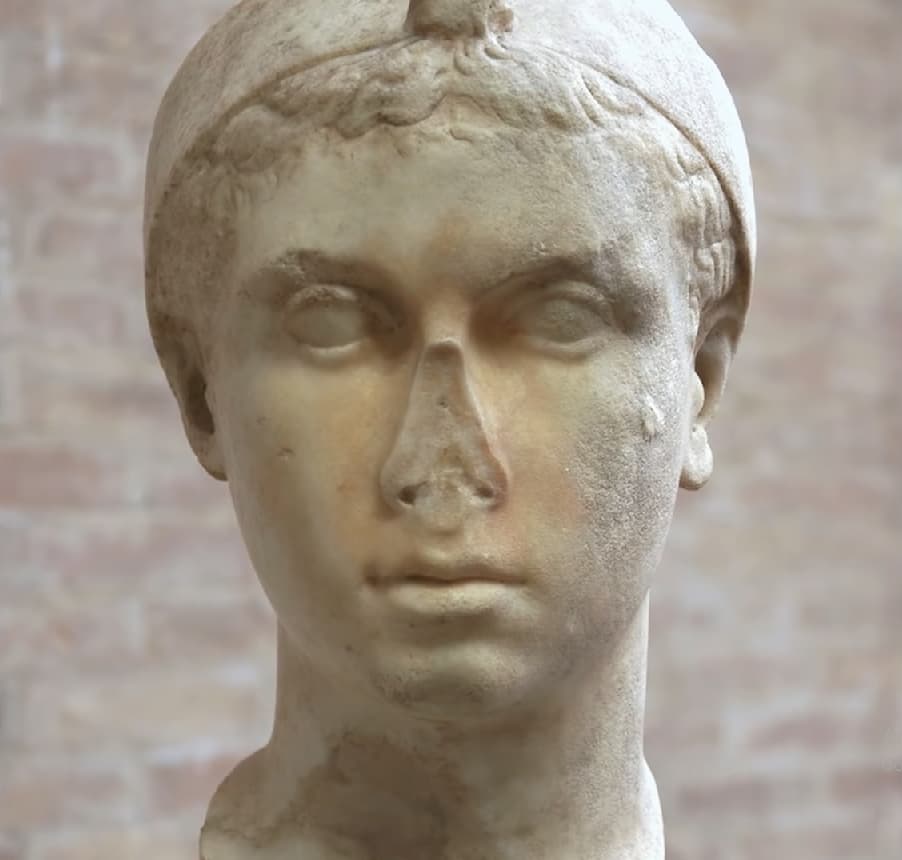
Conclusion
The famous Egyptian queens in Ancient Egypt were not just the wives of monarchs; they served as generals, diplomats, athletes, and even held the title of a pharaoh in their own right. They extended their influence from the beginnings, where Queen Merneith exercised power/dominance, through to the reign of Hatshepsut, where legends of the Queen’s extravagant regime spread, through the equally acknowledged authority of Cleopatra VII. These women gave direction to politics, religion, and culture in Egypt.
They managed to change relations and bring about change in the world by playing a substantial role in improving the diplomatic service, the state, and temple life. Many of them are deeply integrated in their society so much that they would even take to arms like Ahhotep I. Faced with the responsibility of the region, like Nefertari, even Tiye tried to influence governance and policy on their husband and children. Then there were those like Hatshepsut and Twosret who served as full pharaonic rulers, which easily invalidated the notion that good government could only be achieved by men.
Even today, these queens remain symbols of power, resilience, and influence, showing the tenacity of women throughout the different ages of it.

